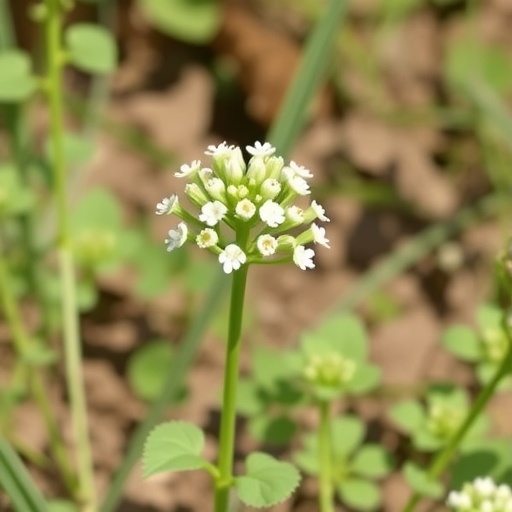(Boston)–A new study has uncovered a molecular mechanism in the prion protein, a protein responsible for neurodegenerative diseases, which may explain why nerve cells degenerate in these disorders.
The findings, which appear in the journal eLife, may one day lead to better therapies and treatments for these diseases.
The prion protein plays a crucial role in fatal neurodegenerative disorders like Creutzfeldt-Jakob disease in humans and "mad cow disease" in cattle. Prion diseases are part of larger group of human neurodegenerative disorders, including Alzheimer's, Parkinson's and Huntington's diseases, which are all due to the abnormal accumulation of protein aggregates in the brain.
According to the researchers, how nerve cells are damaged in these diseases has remained a mystery until now. "Our work shows that the prion protein acts like a molecular on-off switch. In the "on" positon, one end of the protein delivers a toxic signal to nerve cells, while in the "off" position, the other end of the protein serves as a brake to reduce the toxic signal. Moreover, copper, a metal that is a normal component of brain biochemistry, biases the prion protein towards the "off" state. This novel mechanism, in which the two parts of the prion protein have opposing functions, had not been fully appreciated before," explained corresponding author David Harris, MD, PhD, professor and chair of the department of biochemistry at Boston University School of Medicine (BUSM).
Using a multi-disciplinary approach involving electrophysiological, cellular and biophysical techniques, the researchers found that parts of the prion protein lacking the "brake" region produced abnormal electrical currents in cells. Antibodies that interfered with the functioning of the brake region did the same. Importantly, the antibody treatment also caused severe degeneration of nerve cell dendrites, the regions that are essential for normal communication between nerve cells. In collaboration with colleagues at the University of California (UC), Santa Cruz, the researchers applied a sophisticated chemical technique to demonstrate that the two ends of the prion protein interact with each to alter the amount of toxic signal that is delivered.
As a result of their findings, the researchers caution against administering antibodies against the prion as a possible therapy for both prion and Alzheimer's diseases. "Our study sounds a serious warning about the possible detrimental side effects of this strategy, since we have shown that such antibodies cause dramatic degeneration of nerve cells by interfering with the normal on-off function of the prion protein," he added.
The researchers hope their study will lead to better therapies for neurodegenerative disorders, as well as help clinicians avoid the possible dangerous side-effects of using anti-prion protein antibodies for therapeutic purposes. "These data provide the best picture yet of the prion protein's 'off state,'" said coauthor Glenn Millhauser, PhD, from UC Santa Cruz. "Recognizing the nature of this state provides a platform for developing drugs to treat neurodegenerative diseases. This is an exciting time in prion biology."
###
Funding for this study was provided by the National Institutes of Health (grants R01 NS065244 to D.A.H.; R01 GM065790 to G.L.M., and GM104316 to D.W.C.; the National Science Foundation (grant 1454508 to D.W.C.) and by funds from the German Research Foundation (TA 167/6) to J.T.
Media Contact
Gina DiGravio
[email protected]
617-638-8480
@BostonUNews
http://www.bmc.org
############
Story Source: Materials provided by Scienmag




